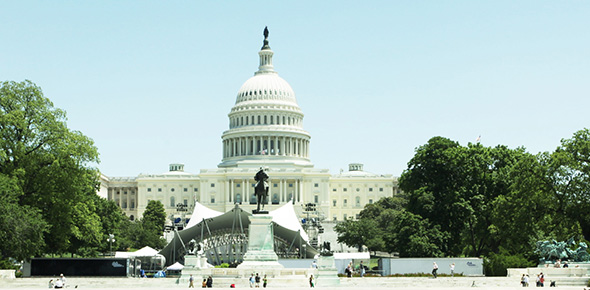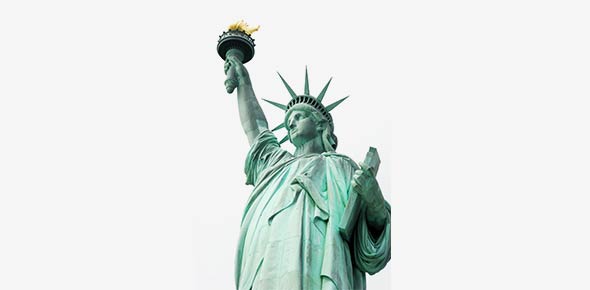Related Flashcards
Related Topics
Cards In This Set
| Front | Back |
|
The first place of European contact with the rest of the world came to a close by:
|
The end of the 17th century.
|
|
The 19th century carving of the new empires saw new European settlements in such regions as:
|
Australia, New Zealand, and Algeria
|
|
Which of the following factors allowed European nations to exert influence and dominance over much of the world?
|
Technological supremacy related to naval power and gunpowder.
|
|
Despite Dutch and Danish possessions, these were the three main rivals during the era of colonization:
|
Great Britain, France, Spain
|
|
Mercantilist thinkers assumed that:
|
Only modest levels of economic growth were possible.
|
|
Under Mercantilism, colonies existed to provide markets and natural resource for the industries of the home country and in turn:
|
The home country was to protect and administer the colonies
|
|
The heart of the 18th century colonial rivalry in the Americas lay in the:
|
West Indies
|
|
Black slaves had the fewest legal protections in:
|
Portuguese areas.
|
|
Mercantilists regarded __________ as a measure of a nation's wealth.
|
Bullion
|
|
A peninsulares refers to a person:
|
Born in Spain
|
|
If comparing Spain and England's colonial rule, one can equate the imperial reforms of Charles II to the:
|
New colonial measures the British government undertook after 1763
|
|
As a result of a scarcity of labor, these nations were the first to quickly turn to the importation of African slaves:
|
Spain and Portugal
|
|
The first slaves traded, dating to the early 16th century, in the transatlantic economy landed onthe:
|
West Indies and South America
|
|
A vast increase in the number of Africans brought as slaves to the Americas occurred during the 18th century, with most arriving in:
|
The Caribbean or Brazil
|
|
Colonial trade in the transatlantic world followed a roughly geographic:
|
Triangle
|







